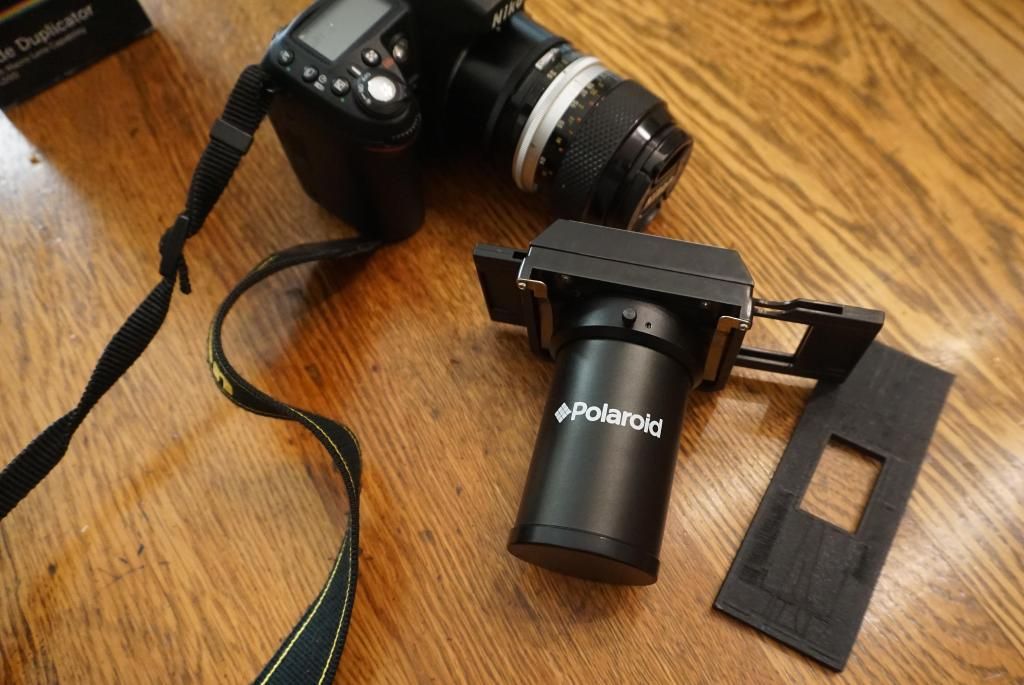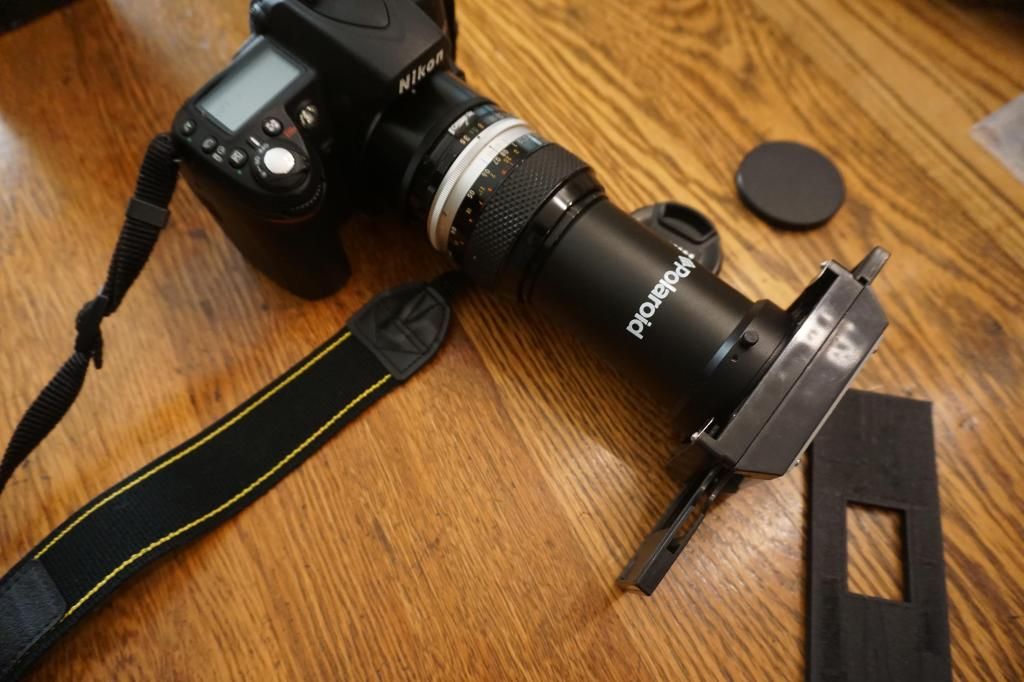david.elliott
Well-known
It seems like a lot of people are scanning with their cameras these days.
I'd be interested in seeing your setups as well as example results. I have an olympus om-d and the 60mm macro lens and would love to try and scan with that. Questions abound such as what light source to use, how to keep the film flat, how to keep the camera and lens in parallel planes, etc.
Some people seem to be using copy stands, others are using enlargers, and some people have custom built their own setups. That said, I haven't seen any posts with detailed setups as well as results. Hopefully this thread can become a bit of a resource for individuals looking to figure out how to scan with their camera rather than a flatbed or dedicated film scanner.
Thanks in advance.
-David
I'd be interested in seeing your setups as well as example results. I have an olympus om-d and the 60mm macro lens and would love to try and scan with that. Questions abound such as what light source to use, how to keep the film flat, how to keep the camera and lens in parallel planes, etc.
Some people seem to be using copy stands, others are using enlargers, and some people have custom built their own setups. That said, I haven't seen any posts with detailed setups as well as results. Hopefully this thread can become a bit of a resource for individuals looking to figure out how to scan with their camera rather than a flatbed or dedicated film scanner.
Thanks in advance.
-David












